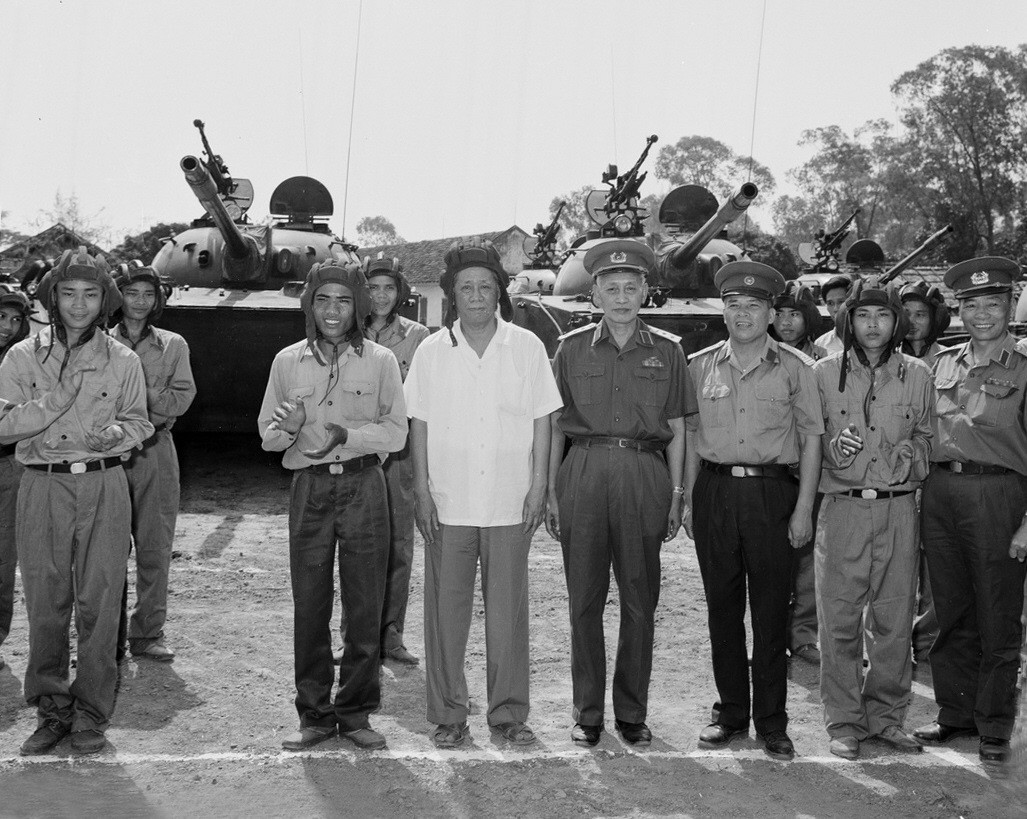Vietnam posts higher human capital index
 |
| Vietnam’s human capital index 2020 is higher than average for the East Asia & Pacific region despite the stunted rate among children reaches up to 25 percent. Photo: Vietnamnet |
With an above average score, Vietnam has climbed to the 38th position among 174 economies in the 2020 Human Capital Index.
Recently released by the World Bank, the index used data up to March this year to provide a benchmark of human capital, including education and health, that a child born today can expect to attain by age 18 in the pre-pandemic era.
Vietnam's score increased from 0.66 in 2010 to 0.69, meaning that a Vietnamese child will be 69 percent as productive when growing up with good health and receiving a complete education.
The score is well above the world's average of 0.56.
The analysis found that 98 percent Vietnamese children survive to the age of 5; a Vietnamese boy or girl attending school at the age of 4 can complete 12.9 years of school, or high school, by the age of 18; and 76 percent of children are not stunted.
 |
| Children do exercise at a kindergarten in HCMC, June 10, 2020. Photo: VnExpress |
Vietnamese students received 519 points in Harmonized Test Scores (HTS), a level similar to countries like Sweden, the Netherlands, and New Zealand. HTS measures how much children learn in school based on countries' relative performance on international student achievement tests, where 625 represents advanced attainment and 300 represents minimum attainment.
Furthermore, 87 percent of 15-year-olds will likely live until the age of 60 in Vietnam.
The report pointed out that Vietnam and other countries like Estonia, Kyrgyz Republic and Uzbekistan have higher human capital than the countries with higher gross domestic product (GDP) per capita.
In fact, Vietnam's human capital score is above many of the world power-house economies like Russia with 0.68 (41st place), China 0.65 (45th) and India with 0.49 (116th).
Singapore came in first place this year index with 0.88 points, followed by Hong Kong, Japan, the Republic of Korea and Canada to complete the top 5.
The bottom five countries are Mali, Niger, South Sudan, Chad and the Central African Republic.
 |
| Students of the Ha Huy Tap Secondary School in Vinh city, the central province of Nghe An attend the new school year ceremony 2020-2021. Photo: VNA |
In Southeast Asia, Vietnam ranked above Brunei (56th), Malaysia (62nd), Thailand (63rd), Indonesia (96th), the Philippines (103rd), Cambodia (118th), Myanmar (120th), Laos (126th) and Timor-Leste (128th).
The World Bank Group’s 2020 Human Capital Index (HCI) includes health and education data for 174 countries – covering 98 percent of the world’s population – up to March 2020, providing a pre-pandemic baseline on the health and education of children.
The HCI, first launched in 2018, measures the amount of human capital a child born today can expect to attain by age 18.
It conveys the productivity of the next generation of workers compared to a benchmark of complete education and full health./.
 | COVID-19 Updates (September 20): First regular international commercial flight took off After 6 months of pausing, at 6:30 am September 19, Vietnam Airlines regular international commercial flight VN310 on the Hanoi - Tokyo journey took off ... |
 | Vietnam imports more coal and oil as natural resources depleted Vietnam is becoming an importer of coal, oil, gas, ... with increasing importing amount. In the context of declining natural resources, Vietnam needs to take ... |
 | "Oral communication" ships amidst Bien Dong Sea Each off-shore fishing boat is like a house, whose neighbors are sometimes one hundred miles away. Thanks to the "oral communication", the ships can help ... |
Recommended
 Viet's Home
Viet's Home
Hue City to Raise Awareness on Mine Accident Prevention
 Focus
Focus
Vietnam Leaves Imprints on the World Peacekeeping Map
 Viet's Home
Viet's Home
“Global Vietnamese Singing 2025” - Connecting Hearts Longing for Homeland
 Viet's Home
Viet's Home
Vietnam’s People's Public Security Force Actively Contributes to UN Peacekeeping Operations
Popular article
 Viet's Home
Viet's Home
HAUFO Enhances Competence of People-to-People Diplomacy Personnel
 Viet's Home
Viet's Home
Hands that Reserve Da Long Brocade Craft
 Viet's Home
Viet's Home
Da Rsal – How Digital Transformation Reshape a Poor Commune
 Viet's Home
Viet's Home










